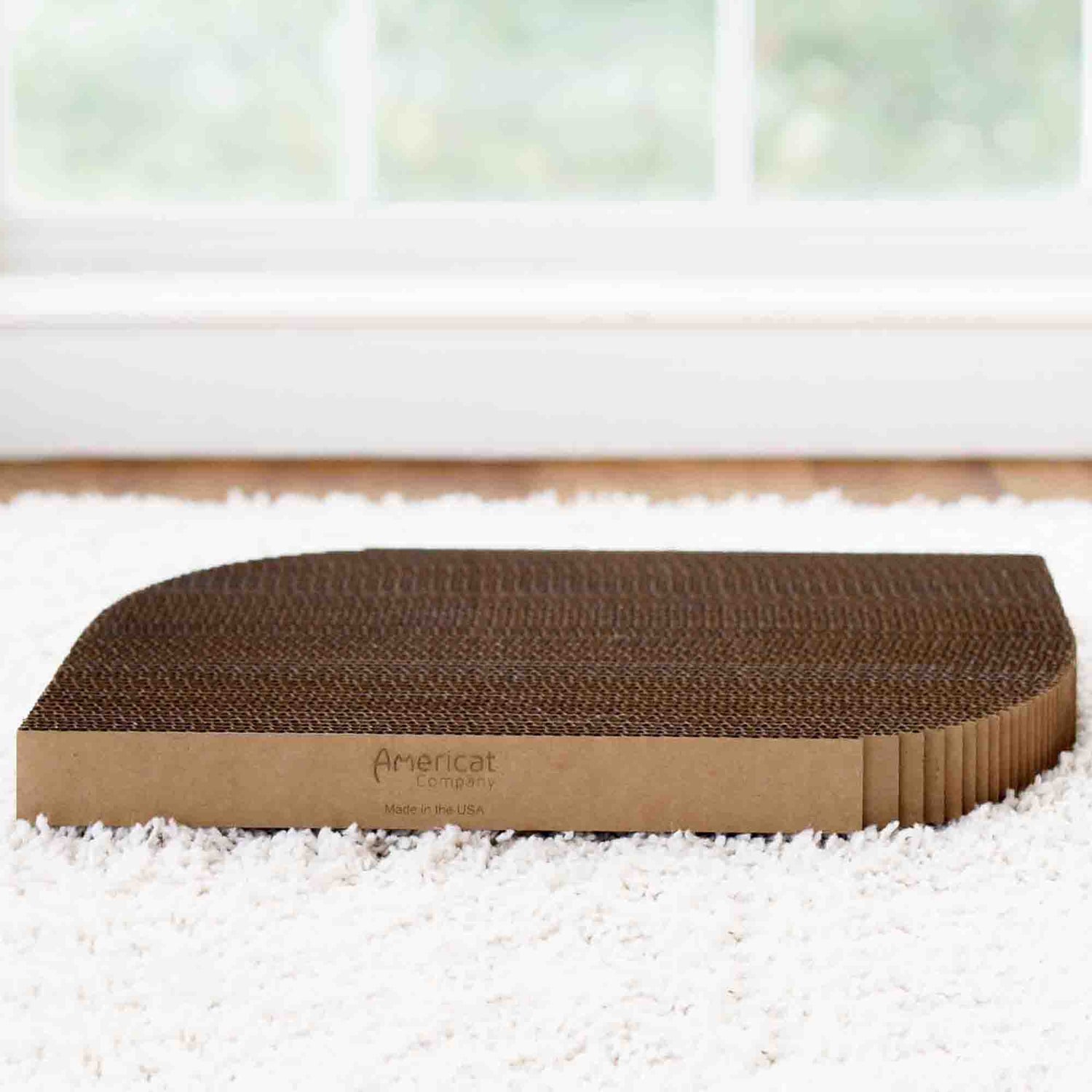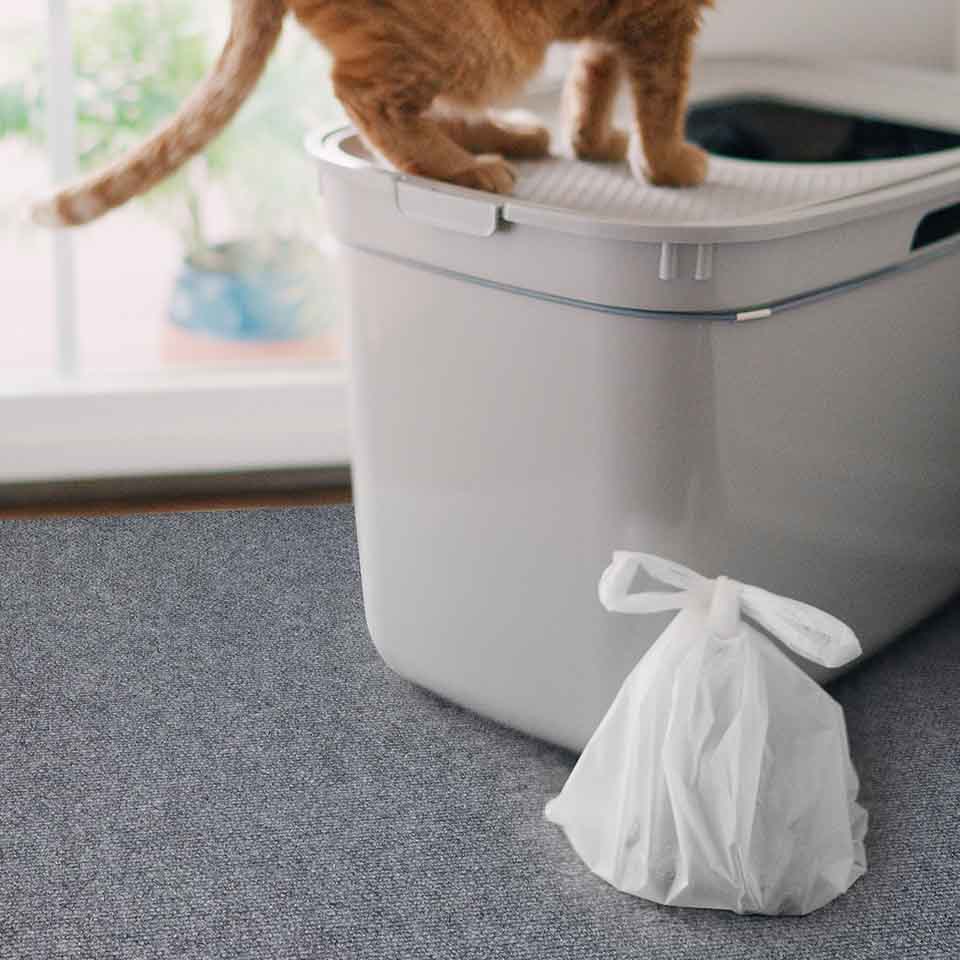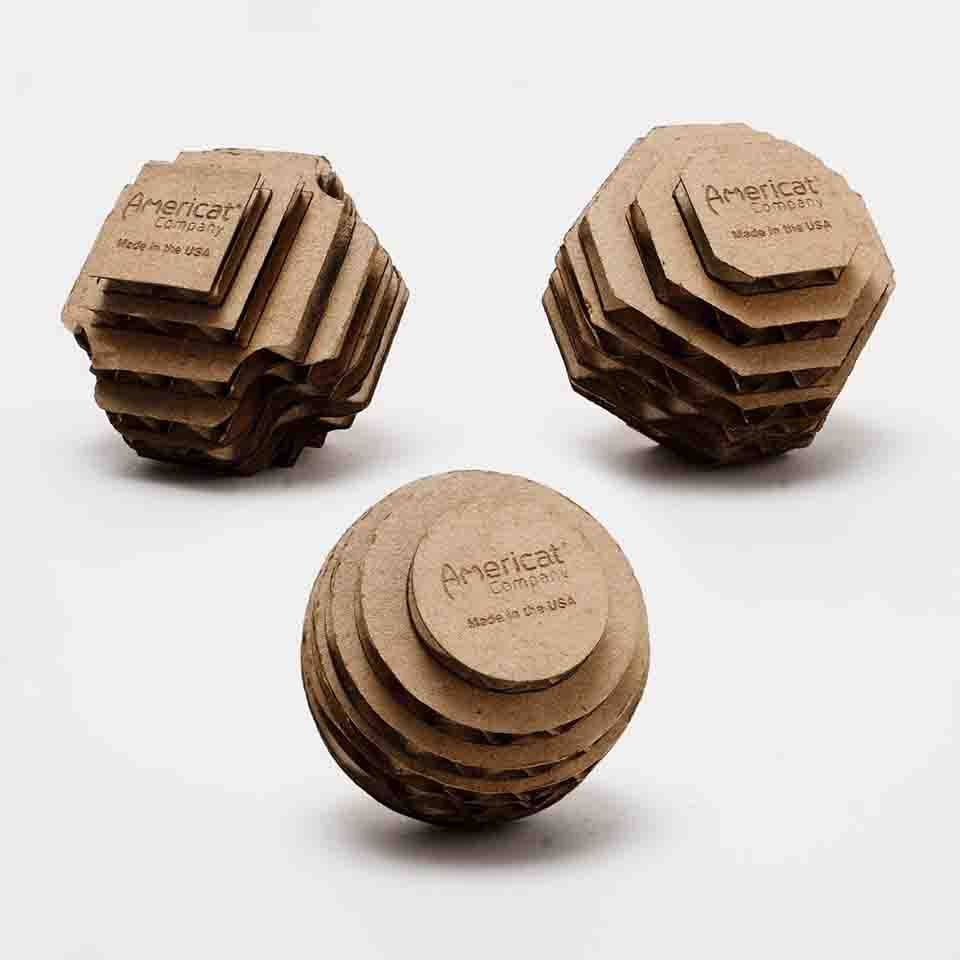
Every year, I do a few events where I set up a booth, meet local cat lovers, and demonstrate Americat Company products. However, every year, I repeatedly hear something that breaks my heart...
"My older cat doesn't play." or "My cat is too old to play."
This makes me sad, because play is one of the best ways to keep senior cats feeling healthy, happy, energized, and loved. I have firsthand experience that my 11 and 12 year old cats, Bella and Penny, still loved to play!
So, I’ve decided to share:
1) Why play is important for senior cats
2) How to play with older cats
3) My favorite toys for senior cats
1. Why Play is Important for Senior Cats
Cornell's College of Veterinary Medicine explains that many cats begin to encounter age-related physical changes between 7-10 years of age, and most do by 12 years old.
Since cats can live into their late teens and even 20s, let's help them have many more joyous years ahead. Here is why play is important for older cats:
Play Slows Down the Aging Process
Sadly, there isn’t a way to stop your cat from getting older. But, you can help slow down the aging process by keeping cats engaged on a regular basis. Much like humans, cats that continue to play and exercise regularly throughout their lives feel better and are healthier.
Keeping your cat active through play is one of the most important things to do as they get older.
Play Satisfies Cats Natural Hunting Instincts
Did you know cats hunt up to 20 times each day in the wild? Indoor cats that have doting humans feeding them still have their natural urge to hunt. So, indoor cats must satisfy this desire through play.
Older cats don’t lose this natural instinct, even when they can’t move as quickly. So, it is important to find ways to let them hunt through play. Play (aka hunting) keeps cats engaged and prevents boredom. Boredom can result in scratching things you don't want scratched, over-eating, over-grooming, aggression, and depression.
Play is Also Bonding Time
As my cats get older, I remind myself that each day with them is a gift. You never know what the next day will bring.
Playing with them, brushing them, and cuddling are all ways to bond with our cats and to show them how much we love them. Playing is one of the best ways for both you and your cats to interact and fully experience that love!
2. How to Play with Older Cats
Stimulate Cats with New Toys
Cats love novelty. While it is common for cats to have a few toys that they consistently like to play with, it is still important to give cats something new to explore. This is especially true for older cats.
My senior cat Lewie loves catnip toys, even as he ages!
Adjust Play to Fit Their Needs
Adjusting your play style can help cats exercise as they age. For example, roll the ball closer to your cat. Or, don't have your cat jump quite as high to catch a toy. Also, take more breaks to allow your cat to rest with their catch. And, of course, give plenty of praise!
Simply find creative ways to alter your older cat's favorite ways to play.
Scratching is Also Part of Play
Scratching is an important part of cats' daily play and exercise. Scratching allows cats to stretch and strengthen the tiny muscles, tendons, and joints in their toes, feet, legs, shoulders, and back.
For older cats in particular, having multiple scratching pads around the house is a great way to encourage them to exercise their mind and body on a regular basis.
Even though Bella is 12 (that's her in the picture), she still loves to use these scratching pads throughout the day! I place scratching pads in my family room, office, bedroom, and hallway, so wherever she is hanging out, one is nearby for her to scratch.
Learn more about the physical and mental benefits of scratching in this articles "Why Do Cats Scratch?"
3. Favorite Toys for Senior Cats
Here are some of my favorite toys for older cats:
Summary
Saying older cats don't like to play is like saying grandparents don't like to have fun. Not true! Aging may change how cats plays, but not the fact that they still want (and need!) to play.
Through play, you can help your cats' health and happiness during their older years and bond more deeply with each other.
-Diane, Founder & CEO of Americat Company
About Us: Americat Company is where love for cats meets American craftsmanship. Founded in 2016, we are a cat-loving, woman-owned, small business. We make cat products in the USA from safe, durable, U.S. materials. Shop all our made in the USA cat products here.









